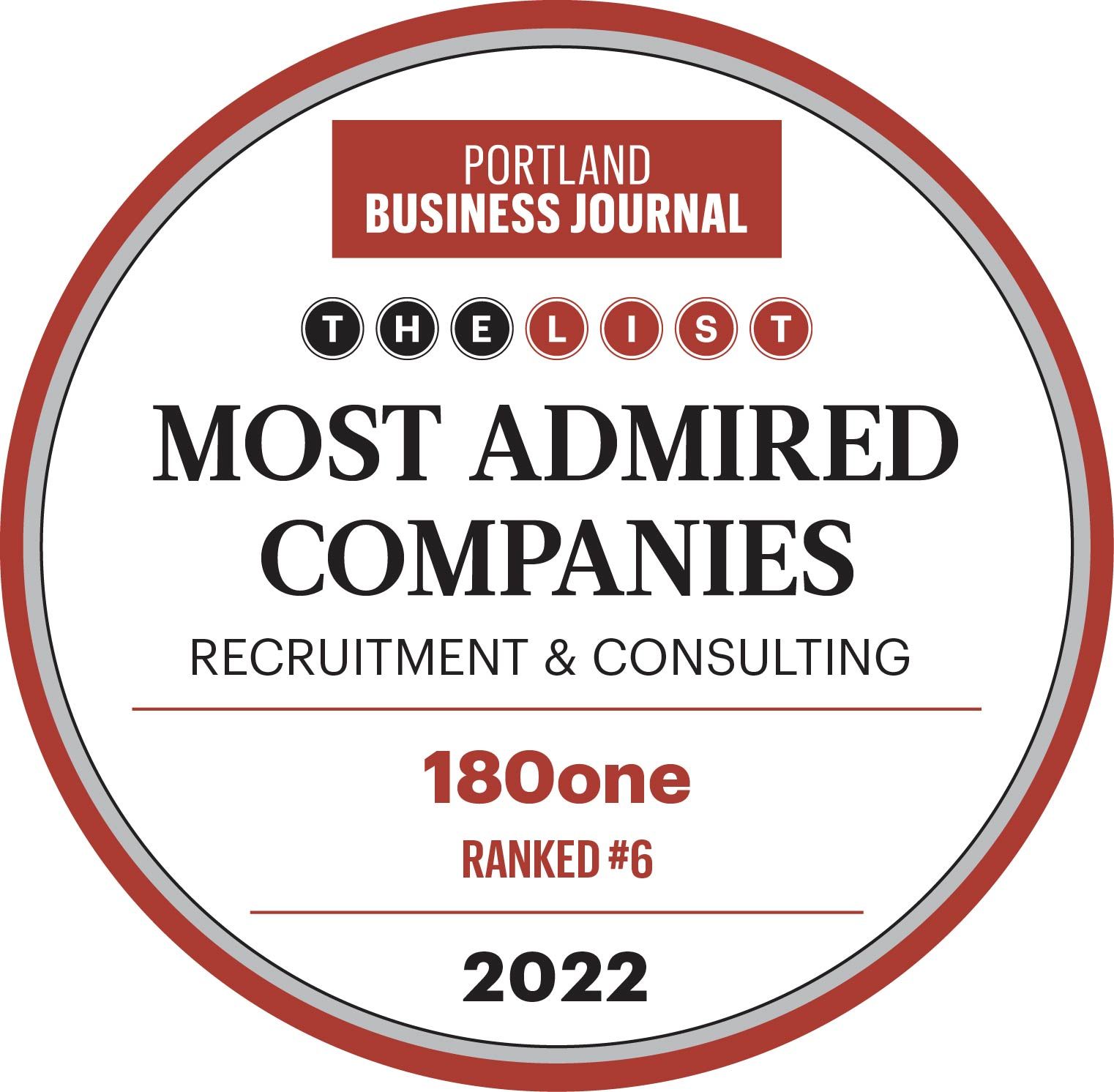By Greg Togni
•
April 7, 2025
Let’s face the music, or the new reality that attracting executives to move across the country for an opportunity has become increasingly difficult for a variety of circumstances. As businesses look to recruit top talent at executive levels, understanding the shifts in migration trends before you launch a search, better yet, as you plan a position, might be the difference of landing a great candidate in a reasonable amount of time, or dragging out a search for the unicorn who can’t be found. Let’s look at some of the factors and trends together that might shape how your organization moves forward in conducting a national executive search. Understanding the 2024 Relocation Landscape The 2024 Allied Migration Report paints a picture of a U.S. population increasingly seeking affordable living spaces, a better work-life balance, and more favorable economic conditions. Despite a 20% overall decrease in interstate relocations from 2022 to 2024, the main driver of those relocating is the alignment of their personal and professional goals. The report also underscores the shift toward midsize cities and suburban areas as more desirable destinations. This trend is being driven by a combination of rising housing costs in major cities, economic uncertainty, and a greater demand for improved quality of life. Companies looking to relocate candidates must consider a range of factors to ensure that they are not only attracting talent but also providing a work environment that matches these evolving preferences. Here are 5 key aspects that companies should score themselves against to determine how desirable their location is for the market. Depending on how one scores, it can help highlight the probability of relocating or needing to adjust the candidate profile to match candidates in the current geographic market not needing relocation. 1. Housing Affordability and Living Costs One of the most significant motivators for relocation in 2024 is housing affordability. In 2023, soaring housing costs in urban centers like San Francisco, Los Angeles, and Chicago pushed many people to consider smaller cities and suburban areas where the cost of living is lower. When relocating candidates, it's crucial for employers to consider how the cost of housing in their city or region will impact the candidate’s overall financial well-being. If your company is in a higher cost area, providing a sign-on bonus towards housing can be one lever to pull to cover the gap. 2. Remote Work and Flexible Work Arrangements The rise of remote work in the wake of the pandemic continues to shape relocation patterns. With many employees now able to work from anywhere, some candidates are looking for jobs that allow them to live in more affordable or attractive locations while still benefiting from a competitive salary. The ability to work from home (or a hybrid model) has made relocation less about proximity to the office and more about finding a place that offers a better quality of life. For employers, it’s essential to evaluate whether the role can be offered remotely or with flexible work arrangements. If the company is headquartered in a high-cost city but allows employees to work from anywhere, the business might be able to attract candidates from more affordable regions while offering competitive salaries. On the other hand, if the position requires in-office attendance, it’s important to highlight the benefits of relocating to that city—such as lifestyle factors, community offerings, and career advancement opportunities. 3. Job Market and Industry Opportunities Candidates are increasingly moving to regions where job markets are thriving, particularly in industries like technology, renewable energy, healthcare, and finance. The 2024 Allied Migration Report noted that states with growing job markets are experiencing strong inbound migration. How would classify your region’s overall job market? Candidates want to know that if they were to relocate, and for some reason down the road they leave the organization – what other opportunities exist for them locally. If there are no other reasonable and likely options related to their industry, or expertise - this can pose another hurdle that needs to be addressed. It’s essential to evaluate whether the region offers the kind of industry opportunities that will keep the candidate’s career trajectory on track. 4. Tax Policies and Financial Incentives Tax policies are a key factor influencing relocation decisions in 2024. States with no income tax have seen an increase in inbound migration, with people moving to these states in search of more disposable income. The economic uncertainty and high inflation rates in 2024 have made individuals more conscious of their financial situations, and tax-friendly states are becoming increasingly attractive. Employers looking to relocate candidates should consider the tax implications of moving employees to specific regions. 5. Quality of Life and Lifestyle Considerations Beyond financial factors, candidates are also considering lifestyle factors when deciding where to relocate for work. According to the 2024 Allied Migration Report, many people are moving to regions that offer a better balance of work and life, which includes access to quality healthcare, good schools, recreational activities, and a desirable climate. For employers, this means understanding the lifestyle preferences of potential candidates and emphasizing how the region supports these needs. What’s the Score? So how did your region score? How will it impact how you go to market with the position? Did you adjust the candidate profile to mirror what exists in the local candidate market, or is your region highly desirable to attract the unicorn? As migration patterns evolve, companies that adapt their candidate profiles and expectations to these shifting dynamics will be well-positioned to thrive in an increasingly mobile workforce.







